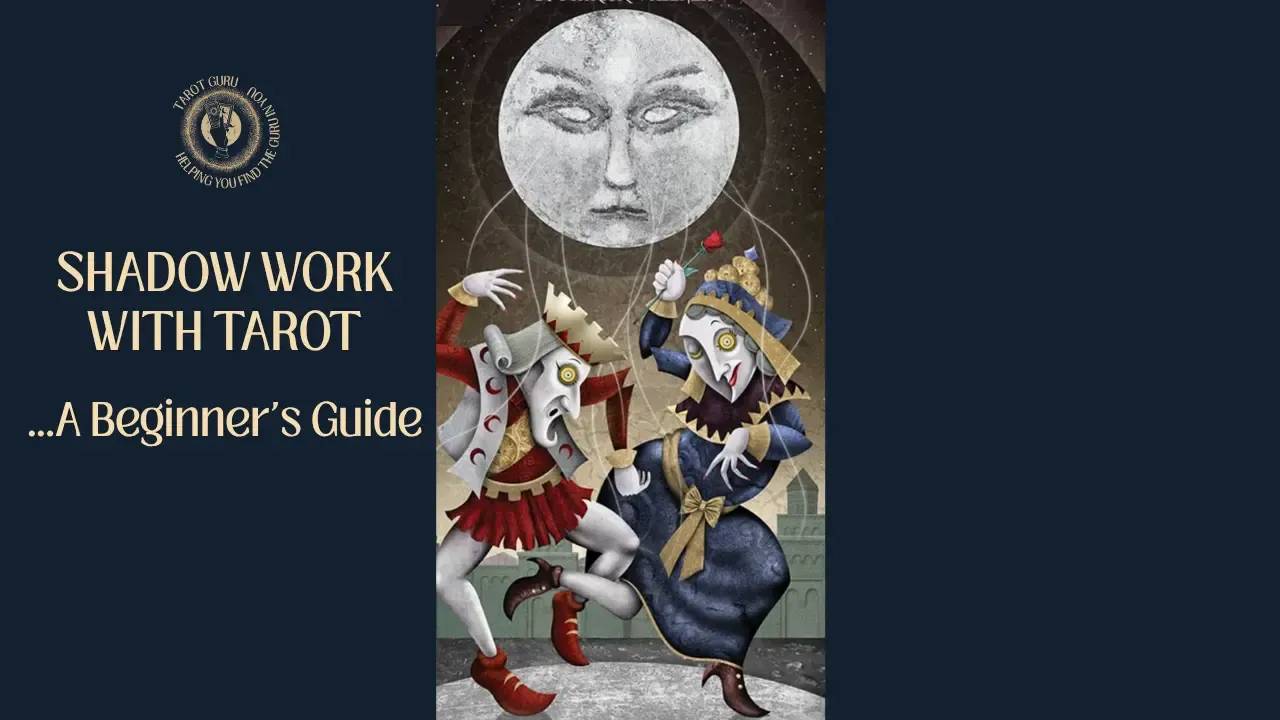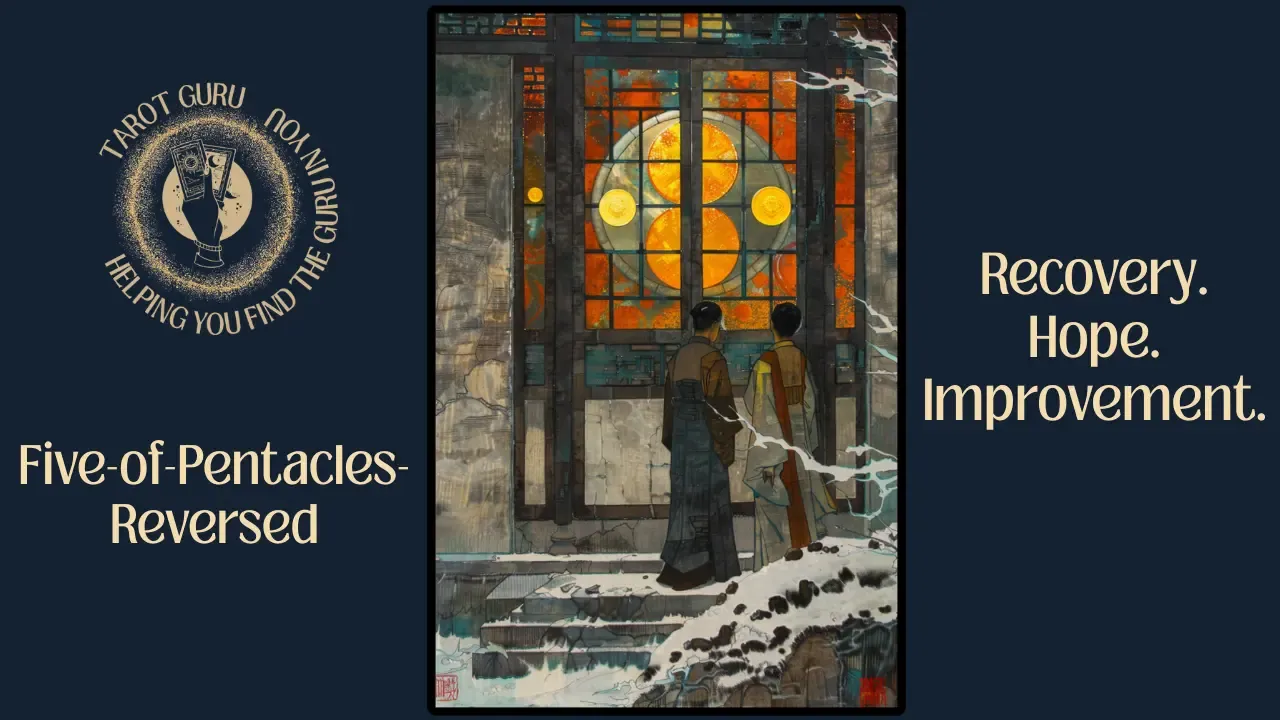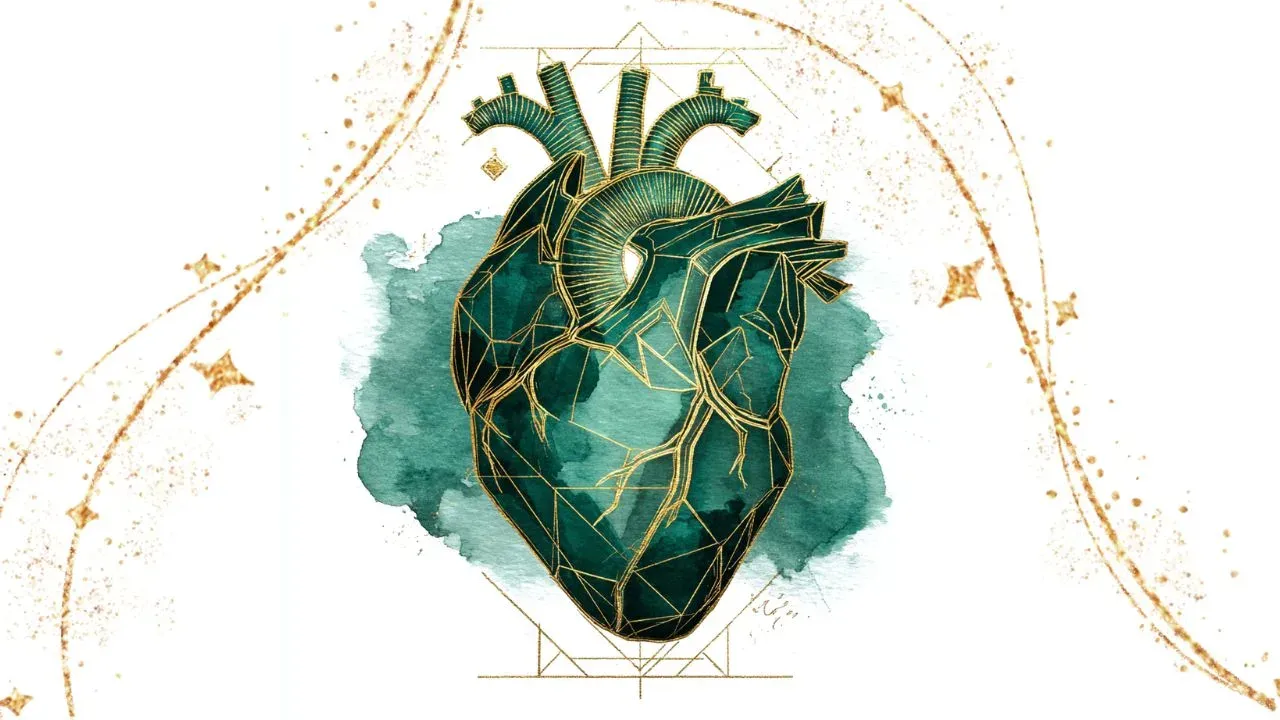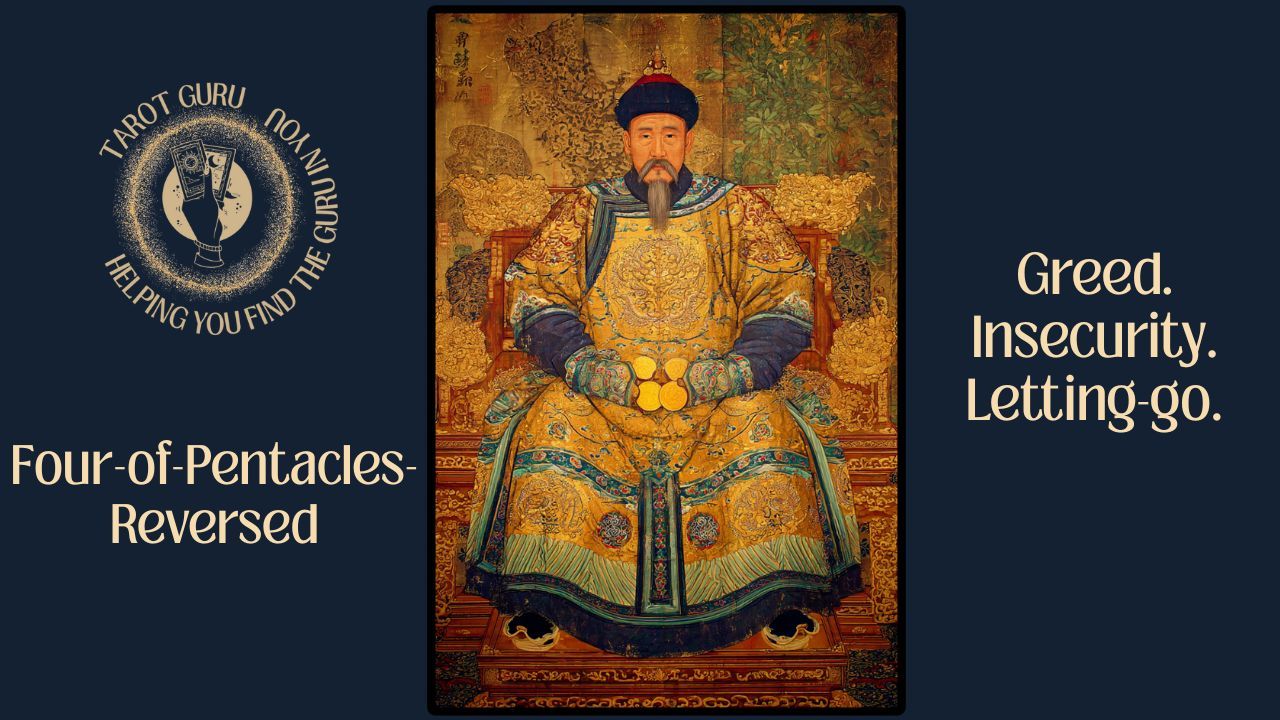Shadow Work with Tarot: A Beginner's Guide

Shadow Work with Tarot: A Beginner's Guide
Shadow work sounds intimidating. It's not. It's the practice of looking at the parts of yourself you've been trained to ignore—the anger you suppress, the needs you deny, the patterns you repeat without understanding why. Tarot doesn't fix these things. It makes them visible.
What Is Shadow Work?
The shadow isn't evil. It's the collection of traits, emotions, and desires you've pushed aside because they didn't fit the version of yourself you were taught to present to the world. Maybe you learned that anger wasn't acceptable, so you buried it. Maybe ambition felt selfish, so you downplayed it. Maybe vulnerability seemed weak, so you armored up.
Shadow work is the process of bringing those hidden parts into conscious awareness. Not to judge them. Not to eliminate them. To integrate them so they stop controlling you from the background.
Carl Jung introduced the concept of the shadow in psychology, but you don't need a degree to do this work. You need honesty and a willingness to sit with discomfort.
Why Use Tarot for Shadow Work?
Tarot works for shadow work because it bypasses your internal editor. When you ask yourself, "What am I avoiding?" your conscious mind serves up a polished answer. When you pull a card, you get an image that doesn't care about your defense mechanisms.
The cards aren't magic. They're mirrors. The Three of Swords shows up and suddenly you're thinking about the breakup you claimed was mutual. The Four of Pentacles appears and you're forced to name the scarcity mindset you've been calling "practicality." The Devil card lands and you have to acknowledge the pattern you keep returning to even though you know better.
Tarot for shadow work isn't about prediction. It's about recognition. The cards give you permission to see what you've been working hard not to see.
How to Use Tarot for Shadow Work
You don't need a complicated process. Pull one card and ask: "What am I refusing to look at right now?"
Sit with whatever comes up. Not what the guidebook says. Not what you think the card should mean. What emotional reaction does the image trigger? What memory surfaces? What excuse immediately pops into your head?
That resistance is information. If you pull the Tower and immediately think, "This doesn't apply to me," pay attention to that. If the Eight of Swords shows up and you feel defensive, that's the shadow talking.
Write down your immediate, unfiltered reaction. Then write what you wish the card meant. The gap between those two responses is where shadow work happens.
You can also use tarot to explore specific shadow themes:
- Anger: What am I not letting myself be angry about?
- Desire: What do I want but won't admit?
- Fear: What would happen if I stopped performing this version of myself?
- Envy: Who do I resent, and what does that reveal about my own unmet needs?
Pull a card for each question. Let the images speak before your rational mind steps in with explanations.
Shadow Work Meaning in Tarot
Certain cards show up repeatedly in shadow work because they represent the themes most people avoid:
The Devil signals the patterns you know are destructive but feel powerless to change. Addictions, toxic relationships, self-sabotage. This card asks: What am I choosing to stay chained to?
The Moon represents illusion and the parts of yourself you keep in the dark. It's the card of things you sense but can't articulate, the emotional undercurrent you pretend isn't there.
The Tower is forced confrontation. The belief system that's collapsing. The identity that no longer fits. The truth you can't ignore anymore.
The Hanged Man asks you to see things from a different angle. Often shows up when you're clinging to a perspective that's keeping you stuck.
Eight of Swords is self-imposed limitation. You've convinced yourself you're trapped, but the bindings are loose and the way out is visible. You're just not ready to move yet.
Five of Cups is grief you haven't processed. You're focused on what's gone instead of what remains. This card asks: What are you mourning, and how long are you planning to stand here?
Four of Pentacles is the scarcity mindset, the grip that's so tight it's cutting off circulation. What are you holding onto that's actually holding you back?
These aren't the only shadow cards, but they're the ones that tend to provoke the strongest reactions. If a card makes you uncomfortable, it's doing its job.
Tools for Shadow Work with Tarot
Any tarot deck works for shadow work, but some are specifically designed for it. The Deviant Moon Tarot was created with shadow work and dream exploration in mind. Its surreal, haunting imagery—moon-faced figures set against abandoned buildings and distant smokestacks—pulls you into the subconscious without requiring you to intellectualize what you're seeing.
The deck uses manipulated photographs of 18th-century tombstones, giving it a grounded, archetypal quality that works well for deeper psychological exploration. It's been voted the Top Tarot Deck of All Time by Aeclectic Tarot readers, and for good reason. The imagery doesn't let you off the hook.
That said, if you already have a deck you're connected to, use that. Shadow work is about your willingness to look, not the tool you're looking with.
Getting Started with Shadow Work and Tarot
Start small. One card, one question, five minutes. Don't aim for breakthrough. Aim for awareness.
Pick a time when you won't be interrupted. Light a candle if that helps you focus, but don't let ritual become a way to avoid the actual work. Shuffle your deck and ask a question that makes you slightly uncomfortable. Pull a card.
Notice your first reaction. Not your interpretation—your gut response. Does the card irritate you? Bore you? Make you want to pull another one? That's data.
Write it down. Even if it feels stupid. Especially if it feels stupid. The parts of yourself you dismiss as trivial are often the ones running the show.
Do this once a week, or daily if you're ready. The point isn't to solve yourself. It's to stop pretending you don't have shadows in the first place.
Shadow work with tarot isn't comfortable. It's not supposed to be. But it's how you stop repeating the same patterns and start choosing something different.
Stop Googling Card Meanings - Start Reading with Confidence
Get my beginner-friendly $22 course and learn to trust your intuition instead of memorizing meanings. Practice with simple spreads and build confidence without constantly looking things up




